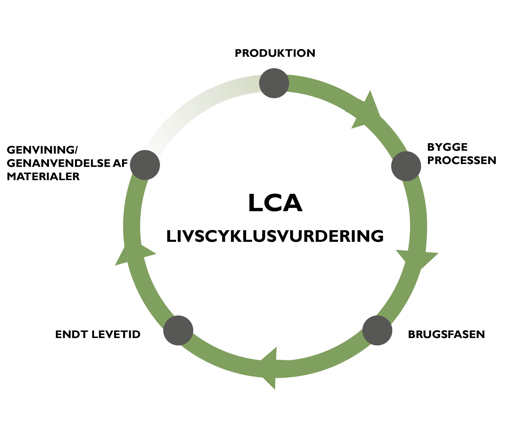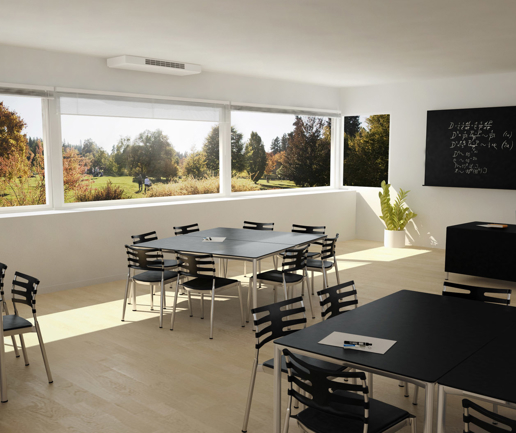Decentralized ventilation: Supporting circular buildings

Today, the construction industry is responsible for around 40% of the global CO2-emission. This might not come as a surprise, considering that up until now, resources have been extracted and dumped at an unsustainable rate. However, drastic changes are now needed in order to meet the 2030-climate goals and strive for a healthier planet. This means that there is an urgent need in the construction industry to think production and construction in new, sustainable ways. The challenge is now to produce, renovate and build with the use of existing resources, while incorporating energy efficiency and recycling into every stage of a building’s life cycle – while maintaining an effective and healthy indoor climate.
To reduce the amount of global waste that comes from the construction industry, the incorporation of circular construction and economy can become vital in order to reduce the CO2-emission, operating energy, materials needed, and the amount of waste generated.
To clarify, circular economy focuses on keeping resources in use for as long as possible, obtaining the maximum amount of value from them while they are in use, and then regenerating the resources at the end of its lifecycle through upcycling or recycling. Thus, we must think long-term in the investments we make.






